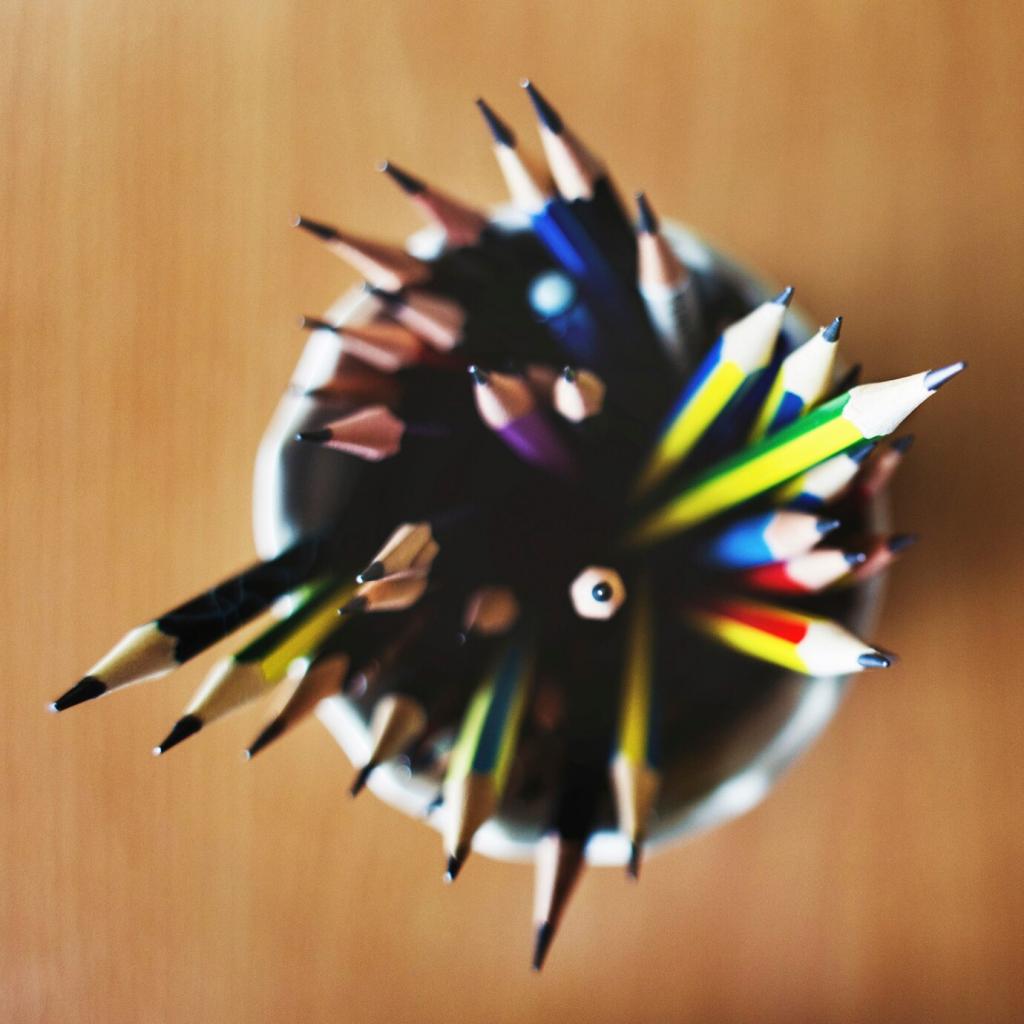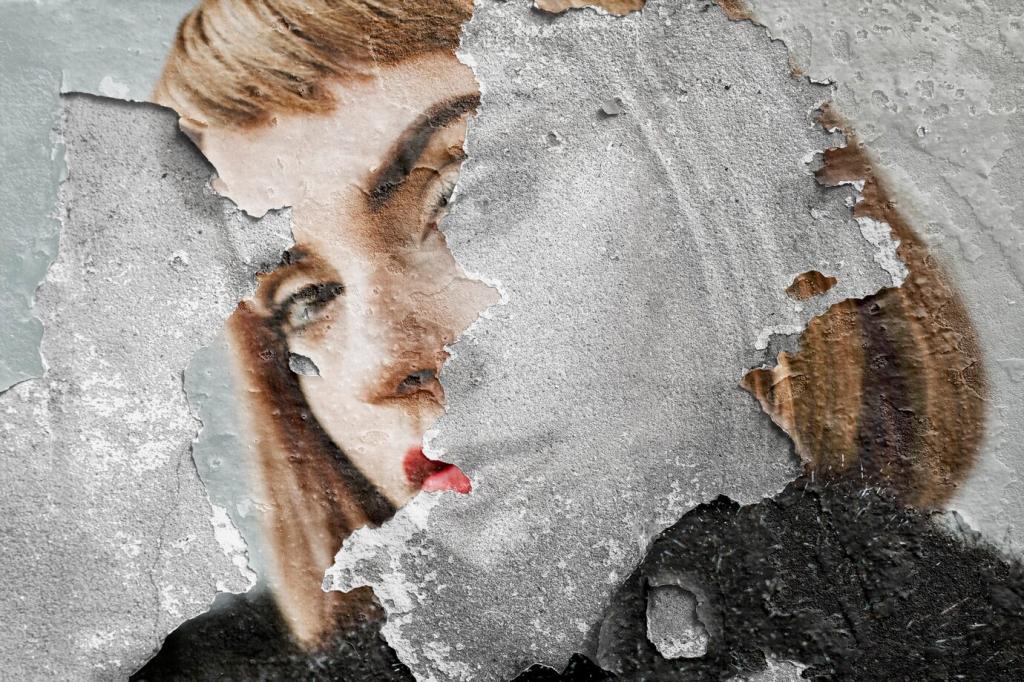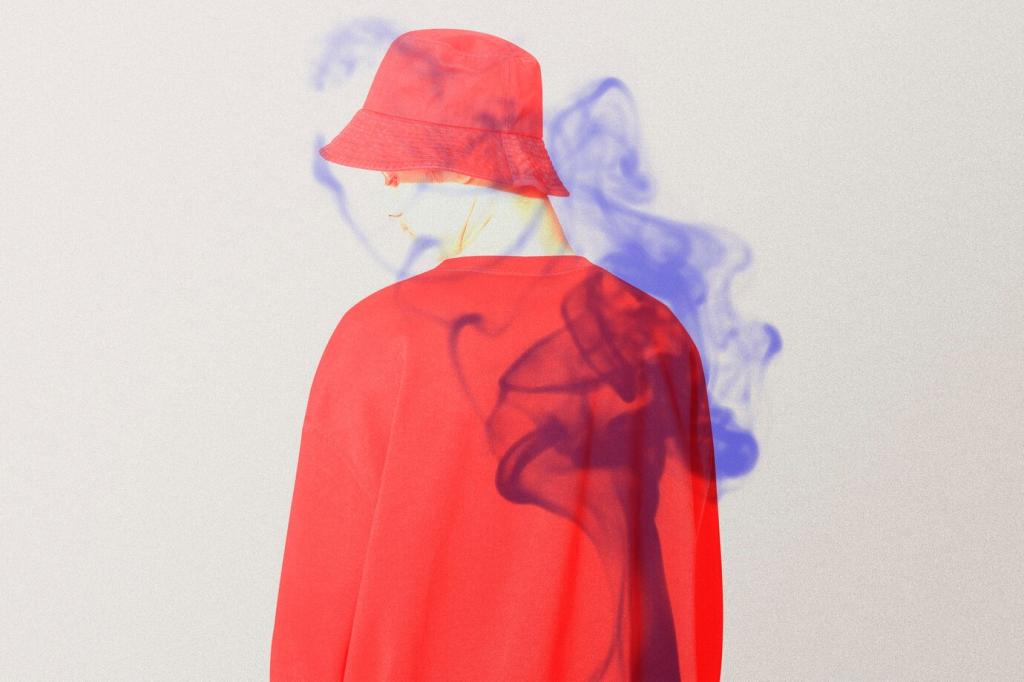Material Honesty: Concrete, Wood, and Light as Art
Polished or raw, concrete offers a calm, matte surface that receives light like a patient canvas. Pair with soft textiles for tactility, and let hairline cracks or trowel marks remain visible. They are the room’s quiet brushstrokes, telling a story of making.
Material Honesty: Concrete, Wood, and Light as Art
Oak, ash, or walnut add human warmth and time’s patina to minimalist rooms. Choose simple profiles with honest joinery, then repeat the species consistently to avoid visual clutter. Subtle grain becomes your artwork, grounding white space with organic rhythm.




